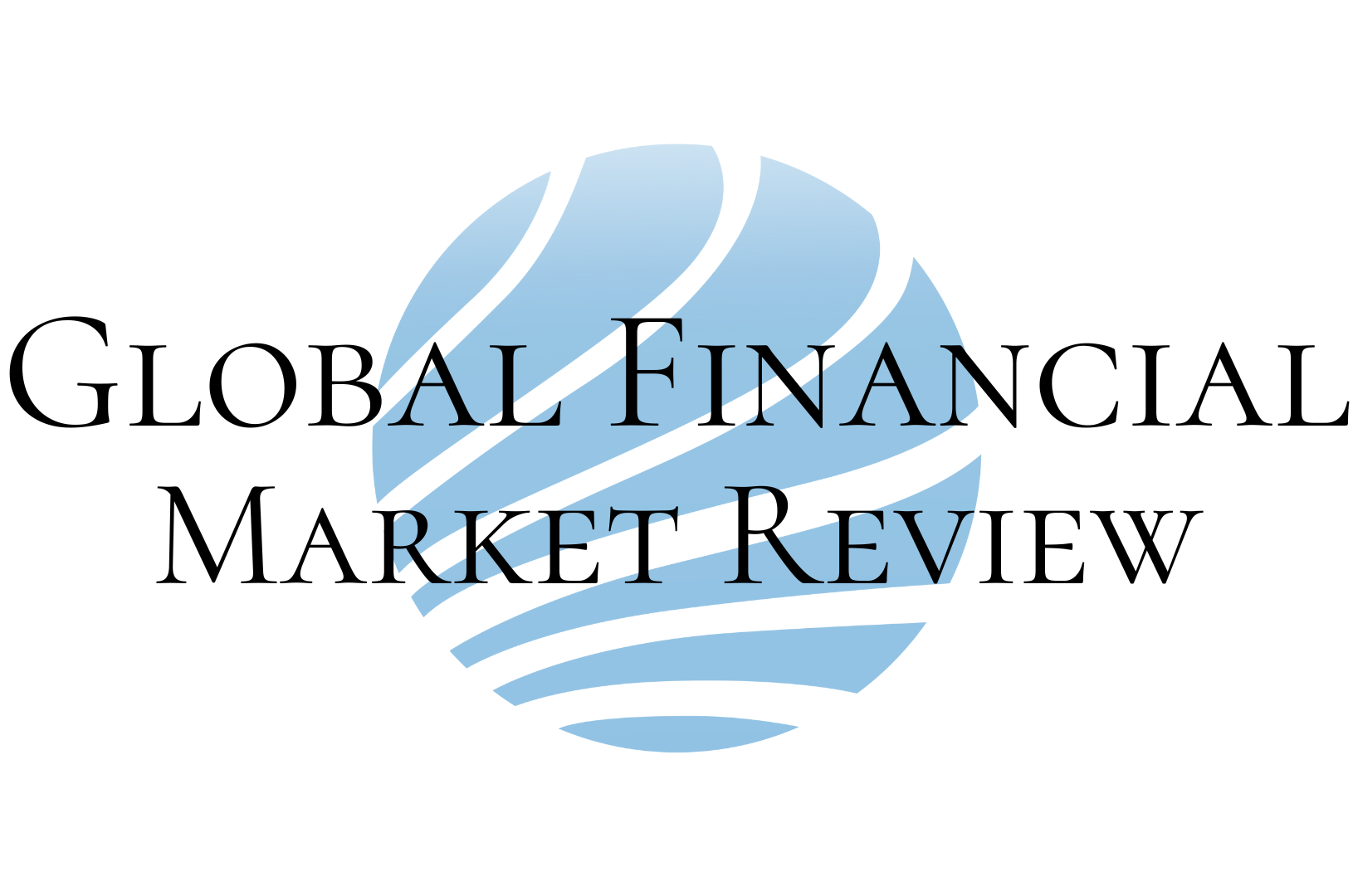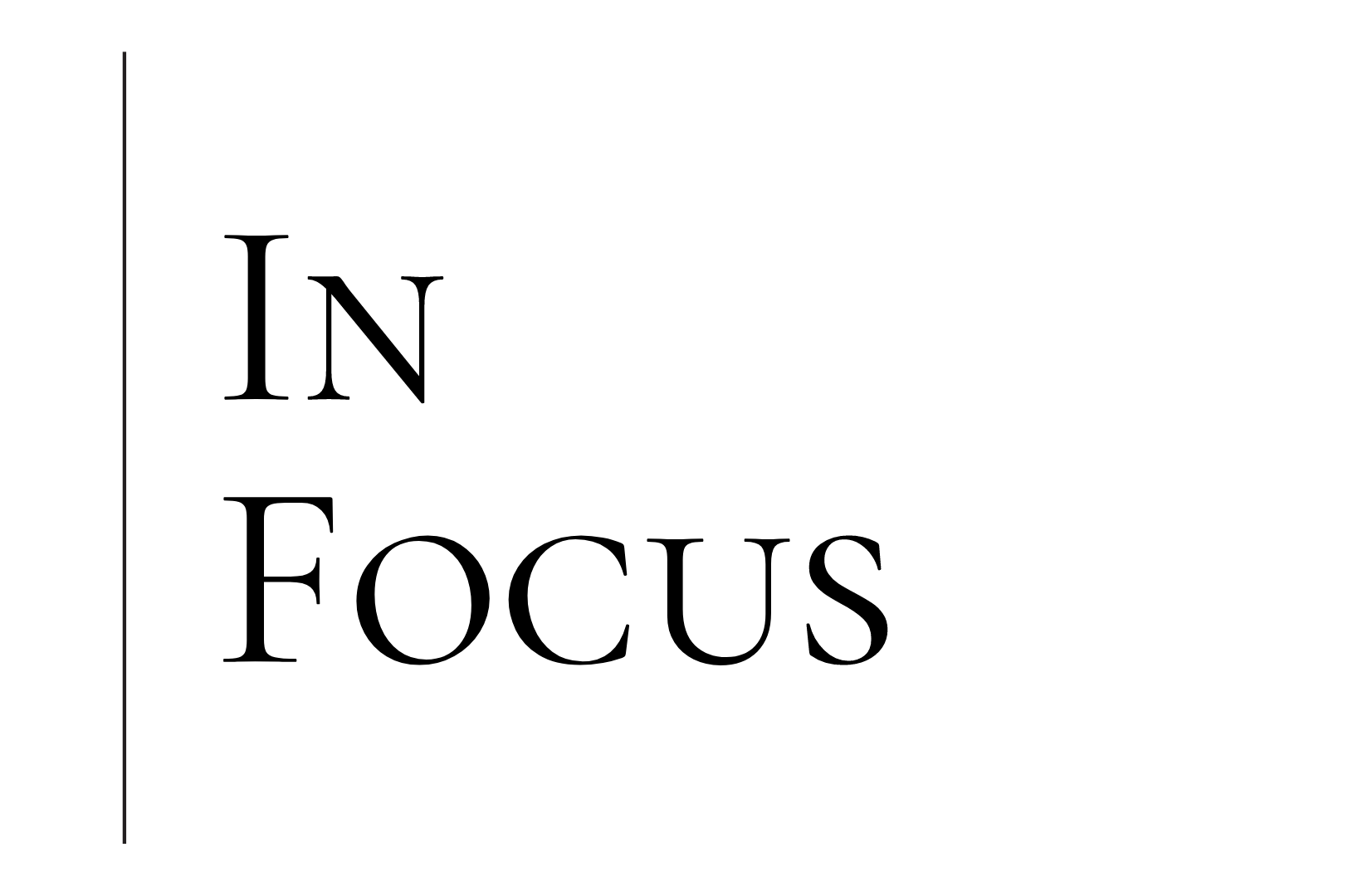IEA Sees US Energy Dominance Squeezing Opec Into 2020s

New US supply will cover more than half the world’s oil demand growth to 2023, the agency said
New York: The US will dominate global oil markets for years to come, satisfying 80 per cent of global demand growth to 2020 as the shale boom keeps Opec under pressure, the International Energy Agency said.
“The US is set to put its stamp on global oil markets for the next five years,” IEA Executive Director Fatih Birol said in a report published Monday. Opec’s surging rivals, which also include Brazil and Canada, will leave little space for the cartel to expand even after its production curbs expire this year.
The Organisation of Petroleum Exporting Countries (Opec) is riding high right now, defying the sceptics by going deeper than their pledged cuts and maintaining them for long enough to deplete bloated oil inventories. However, the ensuing price recovery has “unleashed a new wave of growth from the US,” said the Paris-based IEA, which advises most of the world’s major economies.
Thanks to the shale boom, new US supply will cover more than half the world’s oil demand growth to 2023, the agency said. Production from the prolific Permian Basin will double over the period and the country’s total liquid hydrocarbon output will rise to 17 million barrels a day from 13.2 million last year.
The bullish forecast kick-starts the annual CERAWeek conference, a gathering of thousands of oil executives, traders, bankers and investors in Houston.
The American surge and a slightly weaker outlook for global demand growth make uncomfortable reading for Opec. The IEA slashed projections for the amount of crude needed from the cartel, indicating its supply cuts would need to stay in place until 2021 to avoid creating another prolonged surplus.
Closer to 2023, global markets will start to tighten and the IEA warned that more investment is needed to meet growth in consumption and to make up for production lost to natural declines.
Opec will struggle to start new production of its own. The IEA’s five-year outlook for new output capacity from the group was reduced by about 62 per cent from the previous report. The group will add 750,000 barrels a day by 2023 — just 2.1 per cent — as gains in Iran and Iraq are offset by economically troubled Venezuela, where capacity will slump to the lowest since the 1940s.
There’s a risk the wider industry may also fall short after an unprecedented drop in spending from 2015 to 2016, and little sign of a rebound in the subsequent two years, the IEA said. Constant investment is essential because the world loses about 3 million barrels of output each year — equivalent to the production of the North Sea — as oilfields age and their reservoir pressure drops.
As a result, by 2023 the level of spare production capacity that could be used in the event of a disruption will be the lowest since 2007. That increases the risk that prices will become more volatile, the agency said.
Slower Decline
Still, that process isn’t happening as rapidly as previously feared. Despite expectations that lower investment would accelerate the depletion of maturing non-OPEC oilfields, the opposite is happening. Lower operating costs have so far offset the impact of reduced spending.
The average decline rate eased to 5.7 per cent last year, compared with 7 per cent between 2010 and 2014, the IEA said. That shift was aided by a “remarkable deceleration in decline rates” in the North Sea.
Global oil demand will increase by a total of 6.9 million barrels a day to reach 104.7 million a day by 2023, with China remaining the “main engine of demand growth.” That’s an average annual growth rate of about 1.2 million barrels a day, little changed from last year’s forecast.
Saudi Asset Management Industry Passed SR1tn For First Time
Saudi Arabia assets under management sector tipped to pass $350bn next year Read more
Global Financial Firm Lazard Bets On UAE Growth With Abu Dhabi Office Launch
The move is seen as Lazard’s commitment to deepening its presence in MENA, serving as a trusted advisor to clients ac... Read more
PayPal, TerraPay Partner To Boost Real-time Digital Transfers Across Middle East And Africa
The MENA digital payments market, estimated at $251.34 billion in 2025, is expected to reach $422.56 billion by 2030 Read more
Goldman Sachs Alternatives Acquires Majority Stake In UAE HR Firm PeopleStrong
The acquisition underscores the company’s ambitious growth strategy in the GCC region Read more
Al Salam Bank Announces Details Of Its 2025 Danat Savings Scheme
The biggest reward programme in Bahrain to offer prizes worth $10.6 million, including three grand prizes of $2.65 mill... Read more
Saudi Arabia Sees Surge In Cashless Payments As It Adopts Digital Transactions
Saudi Arabia uses digital technology for 79 per cent of retail payments Read more

